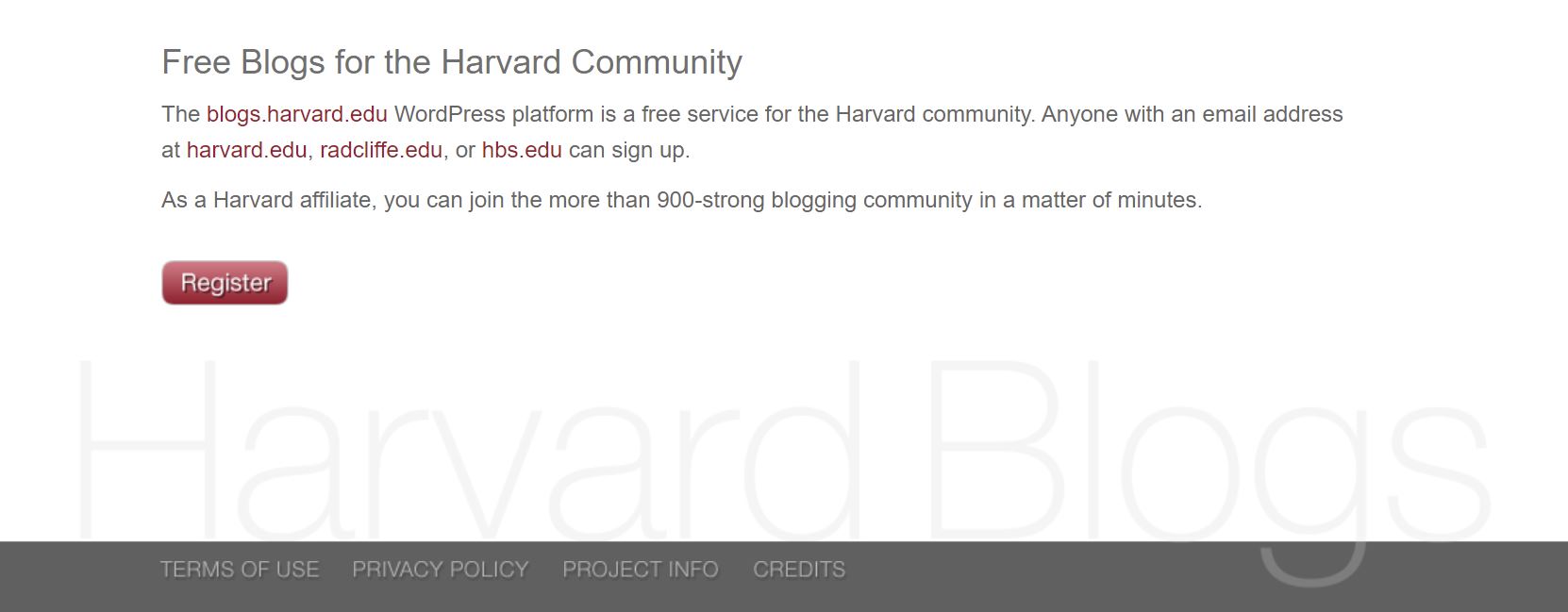WordPress Multisite is one of the best features of WordPress. It allows you to manage multiple websites (and their themes, plugins, etc.) with just one instance of a WordPress installation on your web server.
Multisite websites are more prevalent than you might think. In fact, you’ve likely visited many without even knowing it. These include famous websites like the New York Times. In this instance, the Multisite feature helps its writers and editors publish instantly to different NY sites and blogs from one admin dashboard, making it easy to report quickly on the latest news.
If you’re reading this, you’re probably wondering how exactly the WordPress Multisite feature works and how you can use it to your advantage. That’s why in this post, we’re going to give you several WordPress Multisite examples from notable brands, and look at how it’s helping them meet certain goals.
What is a WordPress Multisite?
Multisite is a feature of WordPress with which you can build a network of sites to be managed from a single WordPress installation with shared themes, plugins, and other features. It was created from WPMU (WordPress MultiUser) and has been available since WordPress 3.0.
From a user’s perspective, WordPress Multisite looks almost the same as a standard WordPress installation. All the sites make use of the same basic PHP files, folder structure, and even code base. In addition, the Super Admin role has control over the entire network and can add new themes and plugins. This makes the Multisite network setup as easy to manage and update as a single WordPress website.
The additional websites can be created as subfolders/subdirectories (example.com/subsite) or subdomains (subsite.example.com) of the main website.
However, if you want your websites to have unique domains (example1.com, example2.com, etc.), so that they appear to be separate sites, you can make use of domain mapping — a feature native to WordPress since the release of version 4.5.
With that in mind, let’s take a look at the best WordPress Multisite examples.
How Top Brands Use WordPress Multisite
The following WordPress Multisite examples will provide you with the inspiration you need to see the Multisite functionality in a new light, and to identify use cases that can be applied to your own brand. So let’s take a look at how some top brands are using WordPress Multisite.
To provide a localised user experience
Cheapflights.com is one of the best WordPress Multisite examples. It helps travelers from across the world book flights from thousands of airlines and travel agents. Its success depends heavily on how easy it makes it for its visitors to book flights. And a big part of that is providing a personalised experience to visitors based on their location.
For example, if you visit the Cheapflights website from the UK, you’ll likely see the UK version of the website. This version has the most popular flight routes and destinations people book from the UK right on the front page, making it a breeze to book a flight from that region.

If we head on over to www.cheapflights.com, however, you can see that we’re served a more US-centric version of the same site.

One solution to achieve this goal is to have an individual site for each location. But effective content management across several different sites will be a huge overhead, requiring the dev team to migrate styles, settings, and content to each new site. A WordPress Multisite solution, on the other hand, helps Cheapflights.com be multilingual without sacrificing its brand identity.
To make separate websites for subtopics related to your main topic
The Wall Street Journal uses WordPress for content management in many unique ways, one of which is using WordPress Multisite to manage “microsites” for topic-focused news portals.

The biggest advantage of this approach is the shortened time-to-market. The company uses standard templates which can be pulled when needed for any microsite, since all the topic-focused sites are being managed from the same network admin interface.
As a result, it only takes a few hours from a tip being submitted to publishing the story. When the WSJ first started using WordPress, they began with just four blogs. Today, it uses WordPress Multisite installation to manage more than 30.
To create a network of subsites that cater to users with different access-privileges
When you seek a complex website with different levels of authorisation for several types of user accounts, it can be hugely beneficial to manage the different user roles and permissions from a single place. Consequently, this is the perfect opportunity to use the WordPress Multisite feature.

John Carroll University is a great WordPress Multisite example. It uses Multisite to run a network of subsites that can be viewed or edited by staff, students, and teachers based on their level of access. This helps them customise user controls without employing a large number of admins and plugin installations.
To create subsites affiliated to the main site
Another scenario that calls for a WordPress Multisite is when you want your users to be able to generate their own small individual sites that are part of the main website. You can give your users more creative freedom while maintaining control of the bigger network.
This makes WordPress Multisite a great option for many types of organisations, especially universities. For example, Harvard Blogs uses WP Multisite to allow students to build their own blogs using their respective harvard.edu, radcliffe.edu, or hbs.edu email addresses.

Similarly, Sites at Dartmouth lets students and staff create student communities, organisation sites, faculty lab sites, research group sites, conference sites, and more.
To create independent websites on an existing network
The final use case is when you want your users to be able to create independent websites. For a WordPress Multisite example of a brand executing a WordPress Multisite network really well, look no further than WordPress.com — the well-known website builder.

Not to be confused with WordPress.org, the WordPress.com platform allows anyone to launch a WordPress blog or website with a subdomain. It basically uses Multisite functionality to provide website creation services.
Once a WordPress website goes live, it gets added to the WordPress Multisite network. Users can easily create and customise their own websites with features such as WordPress themes, custom domain names, WordPress plugins, and so on.
As of this time, over 400 million people visit more than 20 billion pages within WordPress.com’s Multisite network each month.
Conclusion
Determining whether or how to use WordPress Multisite can be daunting. Nonetheless, as you can see from these WordPress Multisite examples, it can be an extremely beneficial choice in certain cases.
When you seek certain advantages such as the ability to provide your visitors a localised experience, to divide your single site into microsites, or to handle different sites with their own user roles and privileges, WordPress Multisite is what you need.
In addition, you also want to ensure that your network of websites is running smoothly. And a big part of making that happen is using a reliable, managed hosting provider such as Krystal.
Your web host should be equipped to handle and scale a WordPress Multisite network fast. Fortunately, Krystal’s managed WordPress hosting plans can take care of all your Multisite requirements and network monitoring, along with 200% faster loading than competitors and unlimited resource usage.
With Krystal’s powerful managed WordPress hosting and WordPress Multisite functionality, you can finally run a robust online network of websites with peace of mind. Try Krystal’s Onyx managed WordPress Hosting today and take your WordPress Multisite to the next level.
Share this article
About the author
Darren H
I'm Darren and I'm the Senior Copywriter at Krystal. Words are what I do. Aside from writing, I play guitar and sing in my band Machineries Of Joy, work on getting my 2nd Dan in Taekwondo and seek adventure with my wife and daughter.
Join our newsletter
No spam. Just the latest news, events, product updates, promotions and more delivered to your inbox.